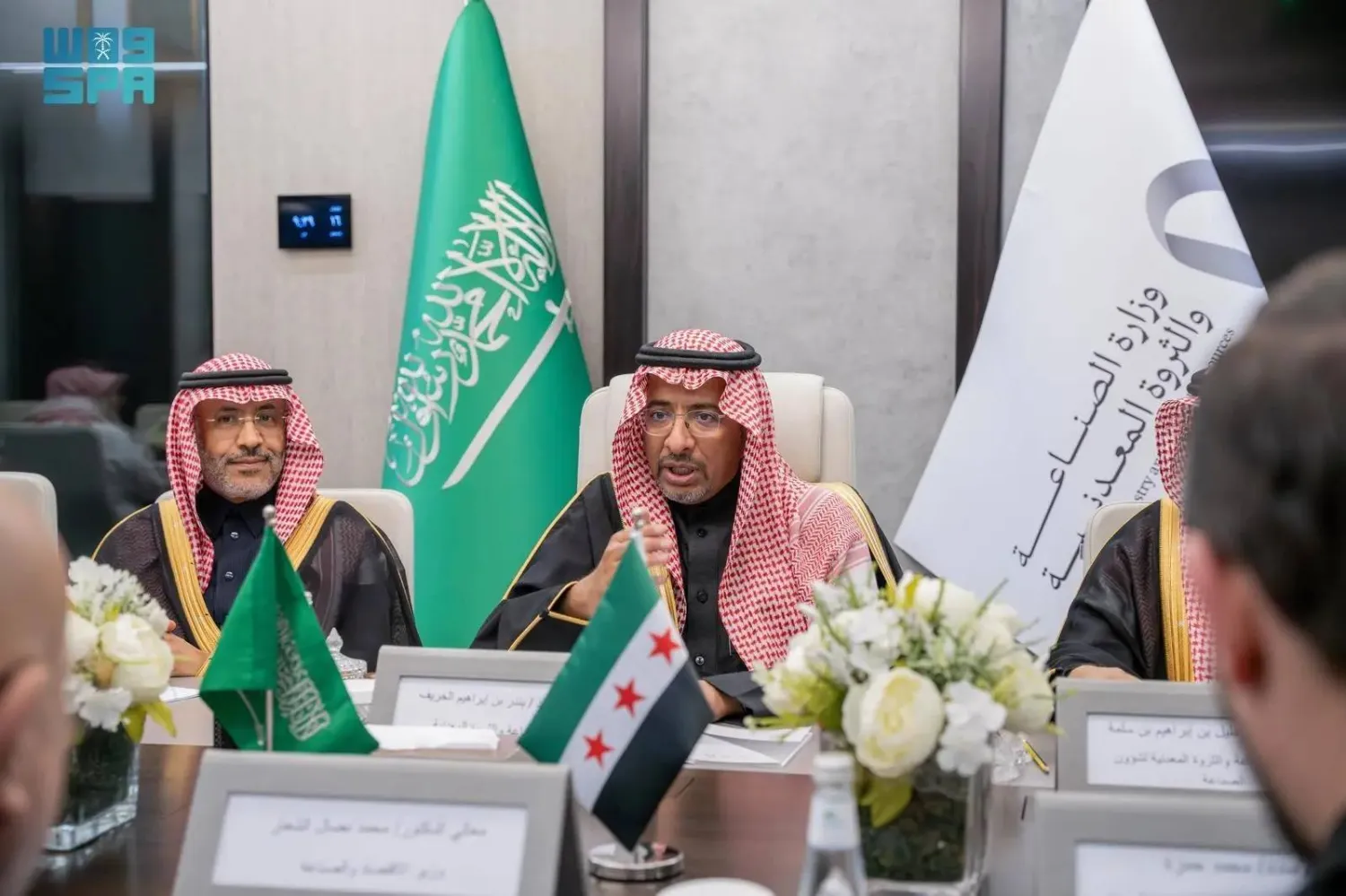The Saudi Ports Authority (Mawani) said that it strengthened the Kingdom’s maritime, logistics and ports sector with investment projects amounting to around SAR 17 billion riyals ($4.5 billion) during 2023.
Mawani revealed that Saudi Arabia witnessed progress in various international rankings, including container handling and logistics efficiency.
The country jumped eight ranks in container handling, reaching the 16th position out of the largest 100 ports worldwide, according to Lloyd’s List. Moreover, the Kingdom climbed 17 ranks to reach the 38th position out of 160 countries in the logistics efficiency index, which is issued by the World Bank.
According to the Authority, the Kingdom made significant progress in the Liner Shipping Connectivity Index, achieving the highest regional advancement, according to the UNCTAD report. The index recorded 79.01 points in the fourth quarter of 2023, compared to 77.66 points in the previous quarter.
Mawani signed agreements in 2023 to establish five new logistics parks and centers, with investments exceeding SAR 4 billion. These agreements included the development of logistics parks at King Abdulaziz Port in Dammam, an integrated logistics park at Jeddah Islamic Port, and a comprehensive bunker station at King Fahad Industrial Port in Yanbu.
In the same context, Mawani celebrated the laying of the foundation stone for the largest integrated logistics area for Maersk in the Middle East at the Jeddah Islamic Port, with investments amounting to SAR 1.3 billion ($346 million), over an area of 225,000 square meters.
The Authority also launched the construction of a logistics park at the same port in partnership with CMA CGM. Mawani also opened a new logistics park at Jeddah Islamic Port in collaboration with LogiPoint, marking the company’s first integrated logistics park in the region.
Mawani continued its steps to support global trade by adding 28 new maritime services, connecting Saudi ports to eastern and western ports.
The Authority signed about 16 partnership agreements with a number of international ports and national entities in the government and private sectors. Those are aimed at raising the status of Saudi ports in the field of maritime transport, regionally and globally.









